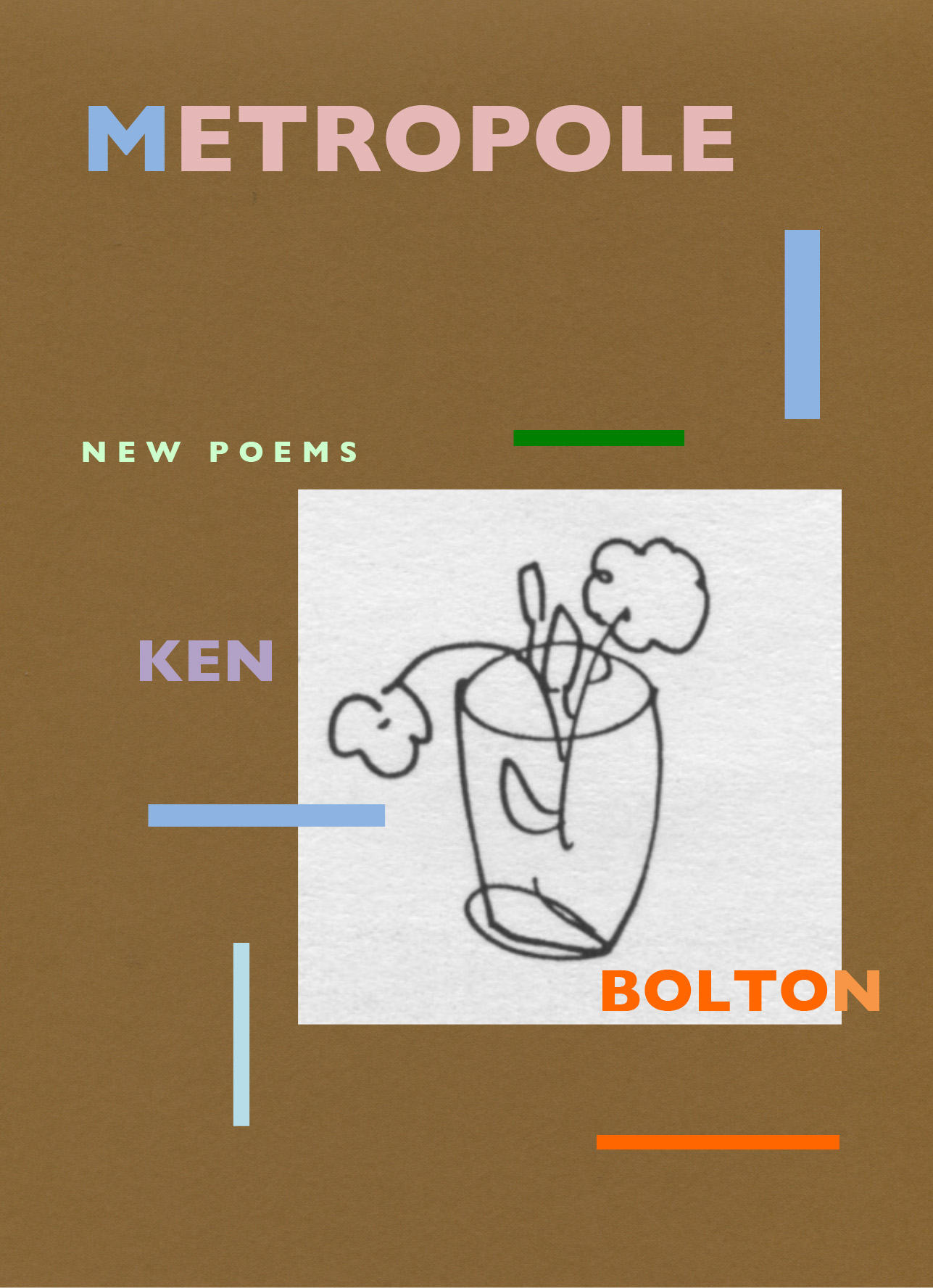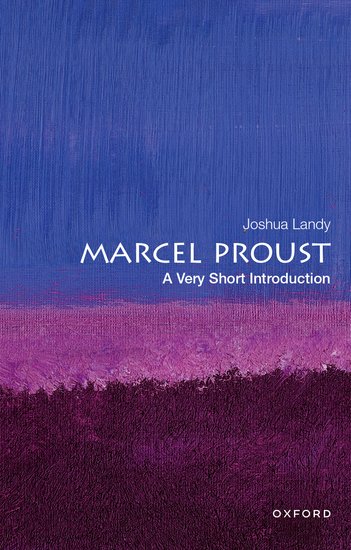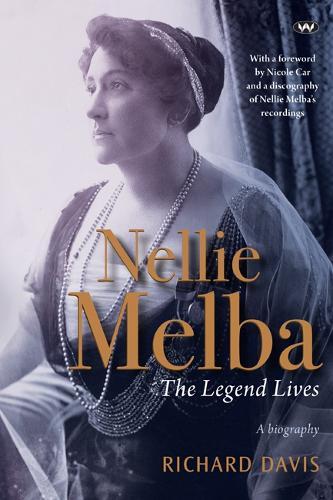The Count of Monte Cristo

Umberto Eco said of Alexandre Dumas’s novel The Count of Monte Cristo (1846) that ‘it is one of the most exciting novels ever written and on the other hand, it is one of the most badly written novels of all time and in any literature’. It was the unnecessary length and the repetitions that appalled him most. Yet when he tried to produce a more elegant, distilled translation, he gave up: he began to wonder if the repetitions and redundancies were a necessary part of its structure.
Continue reading for only $10 per month. Subscribe and gain full access to Australian Book Review. Already a subscriber? Sign in. If you need assistance, feel free to contact us.















Leave a comment
If you are an ABR subscriber, you will need to sign in to post a comment.
If you have forgotten your sign in details, or if you receive an error message when trying to submit your comment, please email your comment (and the name of the article to which it relates) to ABR Comments. We will review your comment and, subject to approval, we will post it under your name.
Please note that all comments must be approved by ABR and comply with our Terms & Conditions.